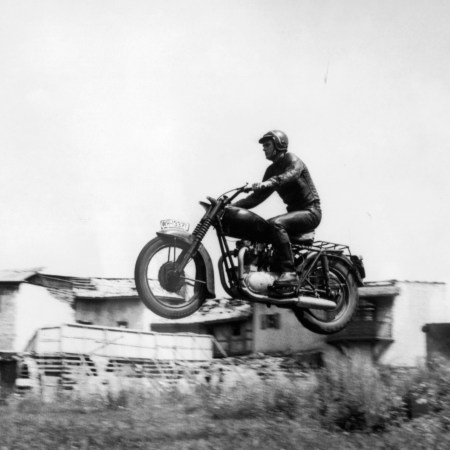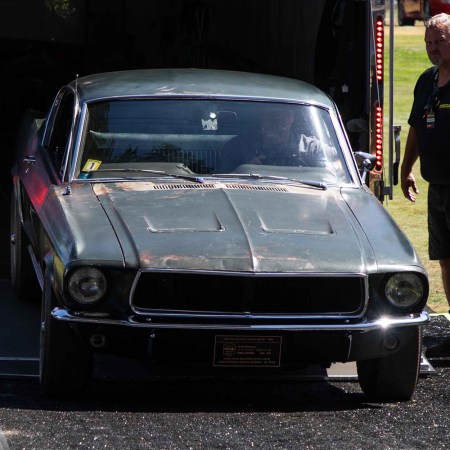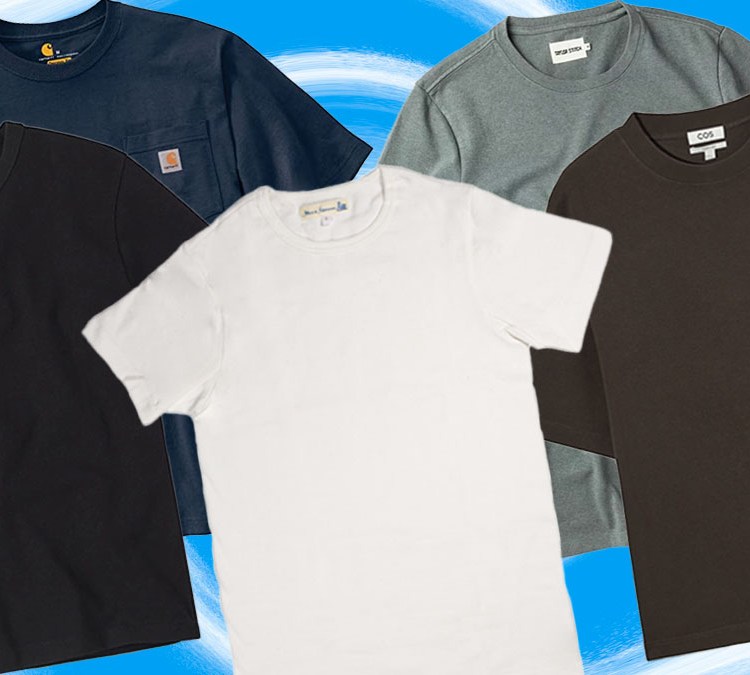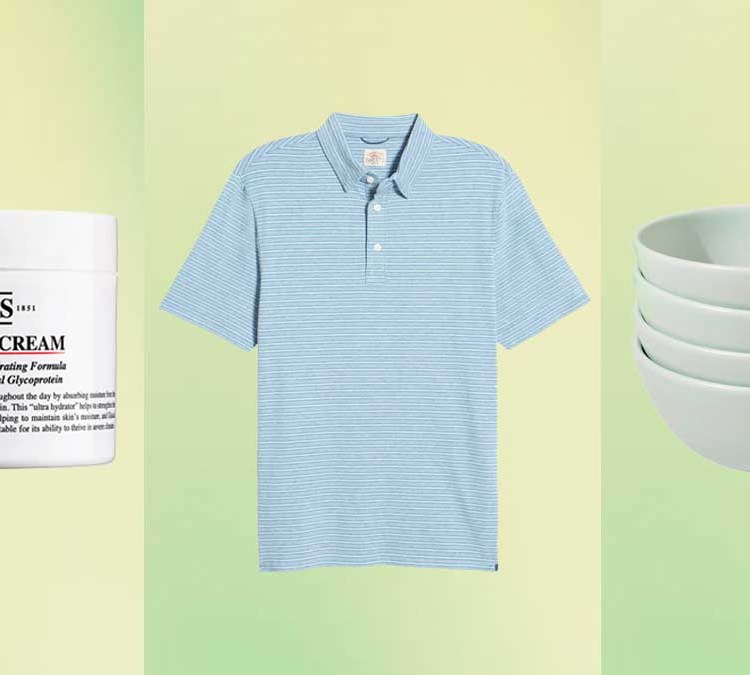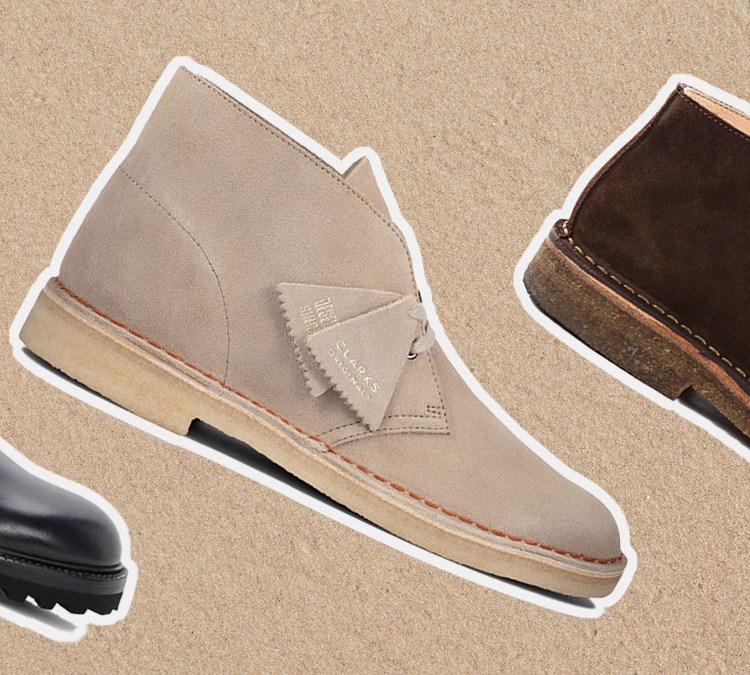It is an undisputed fact that Steve McQueen is a style icon. In menswear circles he’s revered as a god of sorts, continuously referenced for his ability to bring a certain coolness to whatever he was wearing, whether it was a three-piece suit or shawl cardigan. His legacy as “The King of Cool” remains evident in the enduring popularity of his most recognizable pieces — Barracuta’s G9 Harrington jacket, Persol’s 714 sunglasses — with people still purchasing them today in the hopes of capturing even an ounce of what he had.
But this particular McQueen is reflective of a version he crafted for the public eye. This isn’t to say that he didn’t actually wear the pieces that propelled him to become one of the foremost menswear icons, but that they were chosen with his career and visibility in mind. He had a movie-star image to maintain, and he did, but post-Hollywood McQueen’s style details an entirely different story, that of his most authentic self.
Following the popularity of his film The Towering Inferno in 1974, McQueen sought out a private existence. The film, which would prove to be McQueen’s crowning achievement, grossed over $300 million worldwide, thrusting him further into the public eye and cementing him as a box-office champion. This success in combination with his high-profile marriage to Ali MacGraw drove McQueen to retreat to Malibu in hopes of avoiding the attention his life had garnered.
“He entered what I call a ‘hermit’ phase,” Marshall Terrill, author of Steve McQueen: In. His Own Words, tells InsideHook. Attempting to make himself unrecognizable, he grew his hair long and grew a beard, a drastic departure the the clean-shaven, all-American look he was known for. His days were spent riding motorcycles, drinking beer, smoking weed and maintaining his karate workouts. “It was just kind of a period of trying to find himself, what he wanted to do next,” says Terrill, “because he knew that whatever film he was going to do he would have to top The Towering Inferno. So there was a lot of pressure.”
In accordance with this new way of life, McQueen abandoned his previous way of dressing, dropping any pretense of polish and reverting to a style that suited his lifestyle. Life in Malibu didn’t require the smart suiting of film premieres, but the rugged comfort of blue jeans, trucker hats, Chukka boots and flannels. By dressing for himself McQueen managed to cultivate a style even more distinct than that of his now-ubiquitous looks, trading in the image of dashing leading man for a more workmanlike Americana vibe.
The photos that document this period in McQueen’s life reveal a penchant for certain items, namely a blue plaid shirt, taupe puffer vest and tourist-y trucker hat. McQueen manages to make these ordinary items look cool, thanks in no small part to his ideal build. Much in the same way a supermodel can pull off a burlap sack, McQueen was never not going to look good. More than his frame though, it’s how relaxed he looks in the clothes he’s chosen that makes it all so attractive.
But these outfits aren’t without their own unique touches. McQueen would occasionally sport a thick gold chain around his neck, and rarely is he seen sans Rolex Submariner — even the famed Persols (which are currently 50% off for Valentine’s Day) make an appearance every now and then. Still, save for these subtle references to his previous life, his clothing remains largely rooted in a workwear sensibility, the antithesis of the glamour McQueen once presented; they’re not the clothes of a movie-star, and that’s entirely the point. “These were the clothes that he wore all the time,” Terrill says. “That’s the real true reflection of who Steve McQueen was.”
This article was featured in the InsideHook newsletter. Sign up now.













